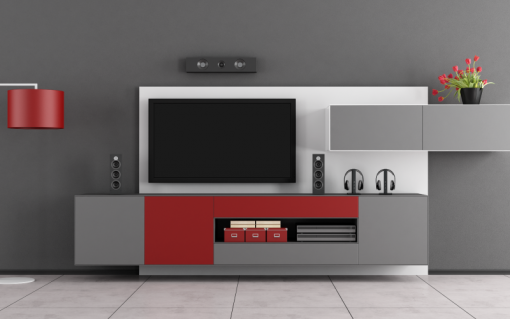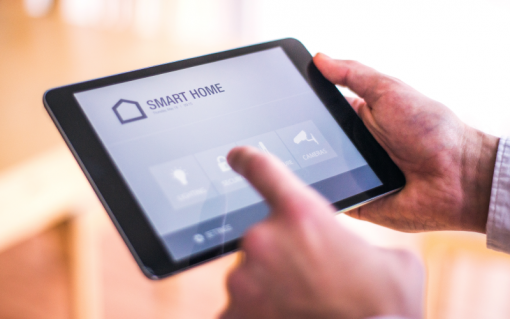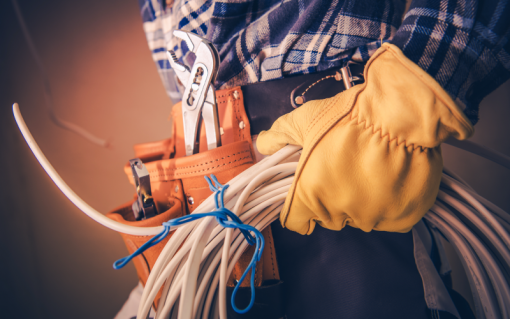Transforming your home into a smart home involves integrating various smart devices and technologies to enhance your comfort, convenience, and security. Quantum A/V is here to help. Here’s a step-by-step guide to help you turn your home into a smart home:
- Set Your Goals and Priorities:
- Determine what you want to achieve with your smart home. Identify your priorities, whether it’s energy savings, home security, convenience, or entertainment.
- Assess Your Current Setup:
- Take stock of your existing devices and infrastructure. Ensure your Wi-Fi network is robust and capable of handling additional devices.
- Select a Smart Hub or Ecosystem:
- Choose a smart home ecosystem or hub that suits your needs. Popular options include Amazon Alexa, Google Assistant, Apple HomeKit, and Samsung SmartThings.
- Start with the Basics:
- Begin with foundational devices such as smart speakers, smart displays, and smart locks. These can serve as central points for control and automation.
- Smart Lighting:
- Install smart light bulbs, switches, or plugs to control your lighting remotely and set schedules. You can also use voice commands to adjust lighting.
- Thermostat Control:
- Invest in a smart thermostat to manage your home’s temperature remotely. Many models offer energy-saving features.
- Security and Surveillance:
- Enhance home security with smart doorbell cameras, indoor/outdoor cameras, and smart locks. These devices provide real-time monitoring and notifications.
- Smart Appliances:
- Consider upgrading to smart appliances, such as refrigerators, ovens, and washing machines. These can be controlled and monitored via smartphone apps.
- Voice Assistants:
- Connect your smart home devices to voice assistants like Alexa or Google Assistant. This allows you to control them through voice commands.
- Home Automation:
- Create automation routines to simplify your daily tasks. For example, set your lights to dim at bedtime or your thermostat to adjust when you leave for work.
- Entertainment:
- Integrate your TV, speakers, and streaming devices into your smart home ecosystem for seamless control and entertainment options.
- Smart Sensors:
- Install motion sensors, door/window sensors, and smoke/CO detectors for enhanced security and automation capabilities.
- Smart Plugs and Outlets:
- Use smart plugs and outlets to turn ordinary devices into smart ones, such as lamps, fans, and coffee makers.
- Smart Shades or Blinds:
- Motorized shades or blinds can be controlled remotely or programmed to adjust based on sunlight and your preferences.
- Outdoor Smart Devices:
- Extend your smart home to your outdoor space with smart sprinkler systems, outdoor cameras, and lighting for security and convenience.
- Energy Management:
- Install energy monitoring devices to track and optimize your energy consumption.
- Learn and Experiment:
- Familiarize yourself with the features and capabilities of your smart devices. Experiment with different automation scenarios to find what works best for you.
- Data Privacy and Security:
- Secure your smart home network and devices by regularly updating firmware and enabling strong passwords and two-factor authentication.
- Expand Gradually:
- Building a smart home is an ongoing process. Start with the basics and add more devices as your needs evolve.
- Tech Support and Troubleshooting:
- Familiarize yourself with troubleshooting common issues and be prepared to seek tech support if needed.
Creating a smart home is a rewarding project that can greatly improve your quality of life. It’s important to customize your setup to fit your specific needs and preferences. As technology continues to advance, new opportunities for making your home even smarter will continue to emerge. And we’re here to help guide you through what’s available.




